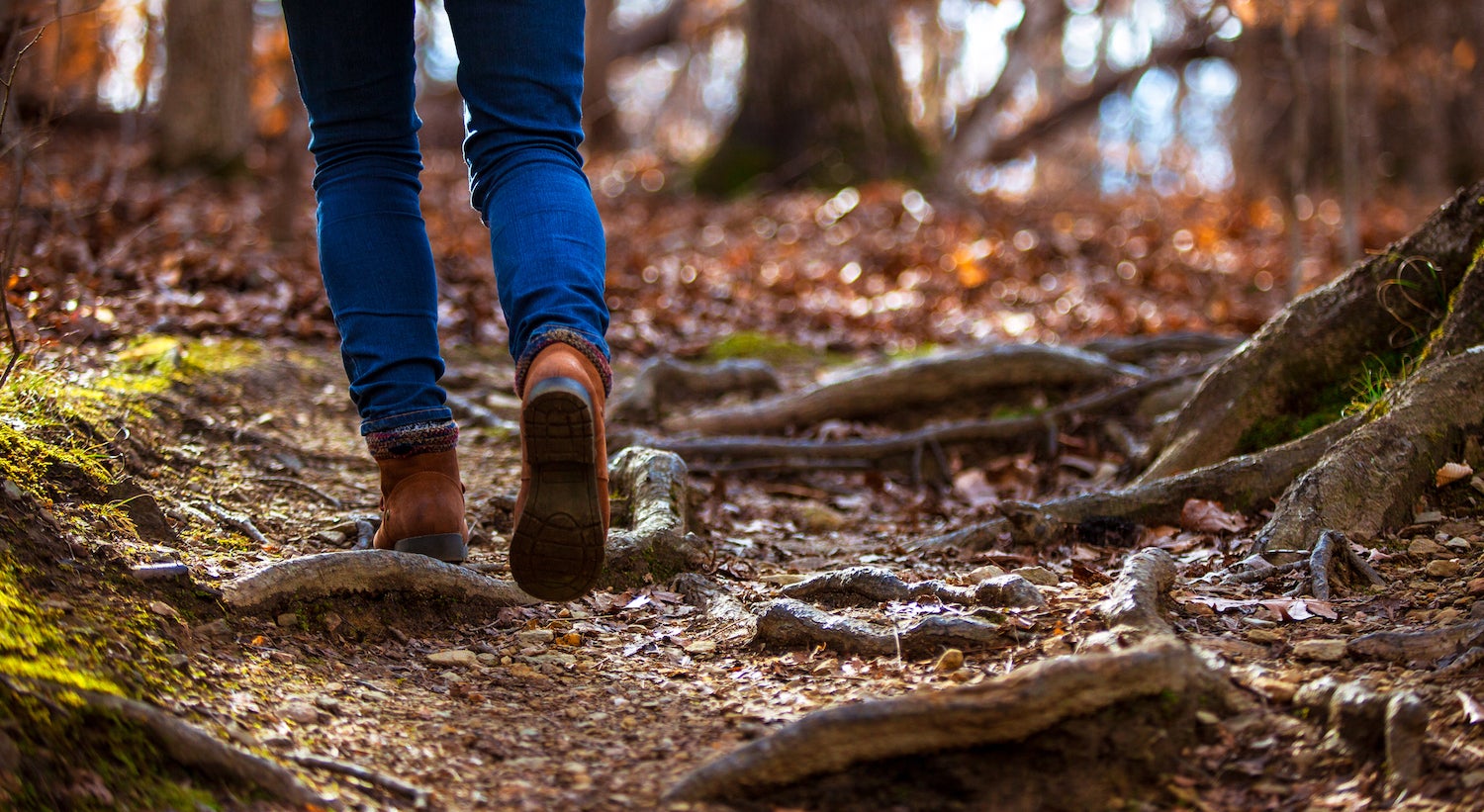There are over 50 national parks, 10,000 state parks, and over 88,000 miles of trails on federal land throughout the U.S. The busiest trails, like the 2,650-mile Pacific Crest Trail and the 2,200-mile Appalachian Trail, connect the country’s northern and southern borders. Over 6,ooo permits were issues to hikers for the PCT last year. In contrast, some trails only see a few dedicated hikers each year.
Regardless of how busy they, trails are essential to parks. They protect the rest of the environment by offering a safe path for hikers into the wild. To ensure the quality of trails and the safety of hikers, some regular trail maintenance is required.
Trail maintenance workers are the silent heroes, who keep trails clean and safe. We rarely see them when we’re hiking, but we tread across their hours of labor. They pick up trash, saw fallen branches, move rocks, and clear weeds. Most of these people do this on a volunteer basis.
Volunteering for a trail maintenance crew is a great way to learn new skills, socialize, and give back to the environment. Some parks in the U.S. will even give you an annual entrance pass in exchange for volunteering.
How to Help Improve Our Trails
Here are four ways you can get involved with trail maintenance in the U.S.
1. Go on a Volunteer Vacation
The next time you go on a multi-day backpacking trip, turn it into a volunteer vacation. Leave extra space in your backpack for packing out trash found on the trail or join an organized trail maintenance team in the area. You’ll spend time enjoying nature, but will leave the destination in better condition than you found it — which is what we should all be striving to do.
You can even take a trip centered entirely around trail maintenance volunteer work. The American Hiking Society hosts many trips that range from clearing the tropical trails from cyclone debris in the U.S. Virgin Islands to multi-day treks in Alaska’s backcountry. You can check their website and choose between different accommodations, lengths of stay, skills needed, and levels of trail difficulty.
2. Join a Backcountry Response Team
If you love to head into remote wildness areas, then you’ll likely love being a part of a backcountry response team. These teams embark on multi-day treks to do trail maintenance on less frequented trails. They help keep trails safe for backcountry backpackers and often complete larger projects that can only be done with a strong team of people. Some trips, like those rated as “Strenuous” by the Washington Trails Association, will require you to complete a fitness and backpacking competence interview before joining the team. This is a great way to get involved if you’re an experienced hiker already.
3. Host a Trail Work Party
A trail work party is when a group of hikers venture out together to maintain local trails. These outings tend to be very social and often require some skill sets. You might build a shelter, secure a platform or bridge, clear brush, repack an eroded trail, or simply walk through and relocate any obstacles to the side of the trail. Short work parties don’t typically require specific skills and are open to volunteers of all ages. You can ask your local park about local trail maintenance groups to learn about trail work parties.
4. Become a trail leader
Imagine passing on your education and enthusiasm to new hikers. As a tour guide or trail leader, you can educate those who visit your local park on how to preserve the environment and why it’s so important to follow basic trail maintenance principles. Many new hikers do not know why you should never drop food packaging (even if it seems compostable), walk off the trail, or rip up plants to take home. While you lead trail tours, you can explain the reasons behind good trail etiquette and spread your passion for the outdoors.
Many parks have programs in place, so if you want to get involved, just ask.
The Dyrt is the only camping app with all of the public and private campgrounds, RV parks, and free camping locations in the United States. Download now for iOS and Android.Popular Articles:
Articles on The Dyrt Magazine may contain links to affiliate websites. The Dyrt receives an affiliate commission for any purchases made by using such links at no additional cost to you the consumer.



